 |
| Appointing officials in An Cuu ward after operating a two-level local government. Photo: Thu Thuy |
Many positions are not reasonable
After nearly 5 months of operating the CQDP2C model, there have been clear results in streamlining the apparatus and improving operational efficiency. However, reality has also shown many shortcomings in personnel arrangement. Due to the rush of time when arranging the apparatus before, in many localities, there has been a situation where cadres were assigned to jobs contrary to their inherent expertise and profession.
Typically, in some communes in the southern part of the city, many positions are still not really "matched" with the capacity of the cadres. There are cases where the former Head of the District Department of Natural Resources and Environment was assigned to be the Standing Deputy Secretary of the Commune; or a Head of the Urban Management Department was transferred to hold the position of Head of the Party Building Committee. The policy of rotation and transfer is correct in principle, but the "sector gap" is too large, causing cadres to lose time to adapt, while specialized positions lack experienced people.
A similar situation also appeared in two central wards such as Phu Xuan and Thuan Hoa. Many officials specialized in finance and accounting were transferred to the Party building sector. The sudden change made it difficult for them to approach new tasks, affecting the work pace of the entire government and Party system. Many grassroots officials shared: "Changing positions is necessary, but at first it is too difficult to immediately meet the requirements of Party work, which requires very different skills and methods."
Mr. Le Huu Ngoc, Secretary of the Party Committee of Thuan An Ward, said that Thuan An could not avoid the arrangement of staff who were not qualified in the previous period. The ward is also reviewing everything to transfer and rearrange staff to suit the general requirements.
In Phong Dien Ward, Mr. Ho Don, Chairman of the Ward People's Committee, said that many positions at the Public Service Center are not suitable for the assigned workload. The biggest bottleneck at present is the adjustment plan. For some officials at this center, it is not possible to find a new position that is truly suitable for transfer.
According to a recent survey by the City Party Committee's Organizing Committee on nearly 60 cadres in communes and wards, about 50% need to continue to receive professional training to meet the requirements of their tasks. This figure shows that the CQDP2C model requires cadres to be more versatile, more professional, and knowledgeable about both Party work and state management, while most of the transitional personnel are still familiar with the old working methods.
The overall review also shows that the entire system has a surplus of about 150 positions, but lacks personnel in many specialized positions such as basic construction, finance - budget, urban management, etc. Some localities are forced to "fill in the gaps" with temporary solutions, putting pressure on both the mobilized staff and the departments that are lacking people.
Continue to arrange the right people for the right job
The City Party Committee's Organizing Committee is conducting a comprehensive review of the entire city's staff. This review focuses on two key areas: assessing the actual capacity of staff currently holding positions and identifying the need for adjustment, supplementation or retraining.
Mr. Phan Xuan Toan, member of the Standing Committee, Head of the Organization Committee of the City Party Committee, assessed: "After 5 months, the apparatus of the CQDP2C is basically operating stably, the cadres have a high sense of responsibility, but the quality of the team is still an issue that requires special attention. If we want the new model to operate effectively, reorganization is a must."
Mr. Phan Xuan Toan said that although the city as a whole has a surplus of 150 positions, many important positions are seriously lacking in highly specialized personnel. This reorganization must fundamentally correct the imbalance. It is not about keeping enough people, but about setting criteria based on the right expertise and ability.
According to Party Central Committee member and Deputy Head of the Central Organization Committee Bui Thi Quynh Van, General Secretary To Lam requested that the arrangement of cadres must be in the right position, promoting their strengths, and absolutely avoiding perfunctory transfers. The Central Committee set a target for localities to basically complete the arrangement and reassignment of cadres by November 2025 to ensure the smooth operation of the new apparatus and maximize the capacity of cadres.
Currently, communes and wards are compiling, reviewing, and listing positions that need to be adjusted and sending them to the City Party Committee for review. The personnel arrangement is expected to be basically completed this year, creating a foundation for entering the new year with a more stable, streamlined, and effective apparatus.
In parallel with the work of arranging and mobilizing cadres, the Party Committee's Organization Board is developing a plan for training and fostering skills for grassroots cadres. Training courses on state management, Party work, information technology, administrative document handling skills, etc. will be expanded from the end of this year. This is a key task to narrow the capacity gap, especially for the group of cadres who have just been transferred to other sectors.
This reorganization and reassignment of staff is not only to "realign" the apparatus after the transition period, but also to prepare for Hue City a team of staff with enough courage and expertise to lead the urban government model in the new development period.
Source: https://huengaynay.vn/chinh-tri-xa-hoi/tiep-tuc-sap-xep-bo-tri-can-bo-phu-hop-160341.html



![[Photo] President Luong Cuong attends the 50th Anniversary of Laos National Day](/_next/image?url=https%3A%2F%2Fvphoto.vietnam.vn%2Fthumb%2F1200x675%2Fvietnam%2Fresource%2FIMAGE%2F2025%2F11%2F27%2F1764225638930_ndo_br_1-jpg.webp&w=3840&q=75)
![[Photo] Prime Minister Pham Minh Chinh chairs the 15th meeting of the Central Emulation and Reward Council](/_next/image?url=https%3A%2F%2Fvphoto.vietnam.vn%2Fthumb%2F1200x675%2Fvietnam%2Fresource%2FIMAGE%2F2025%2F11%2F27%2F1764245150205_dsc-1922-jpg.webp&w=3840&q=75)



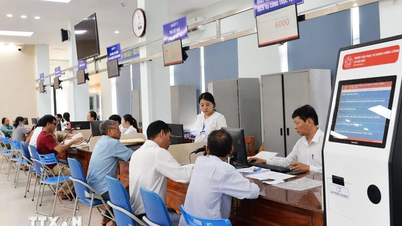

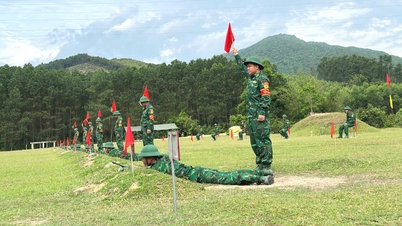




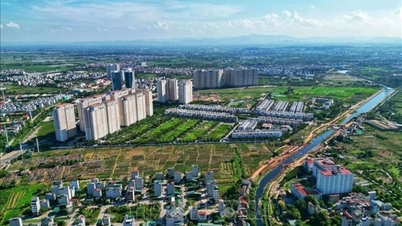

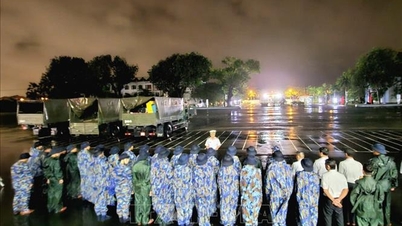


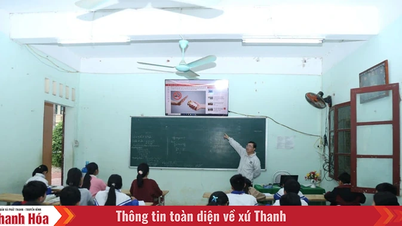









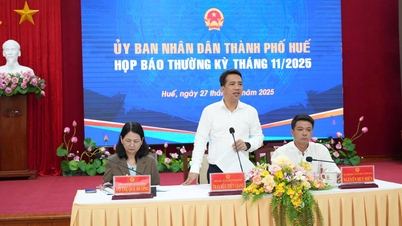
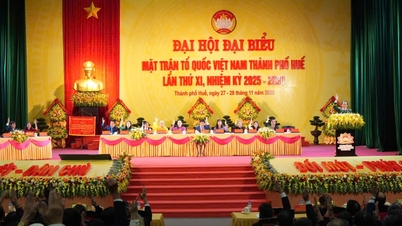

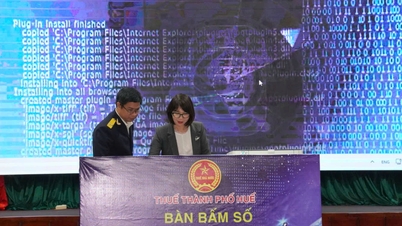








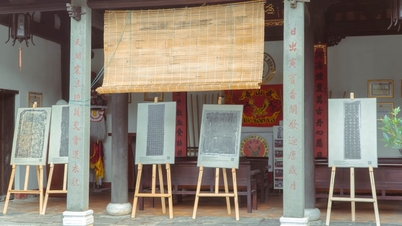
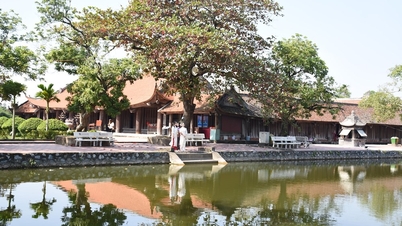








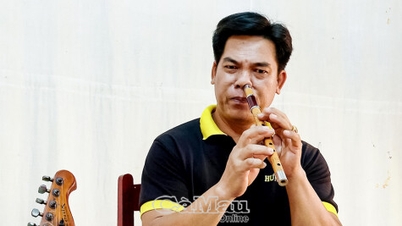



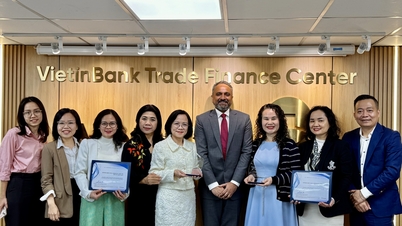



















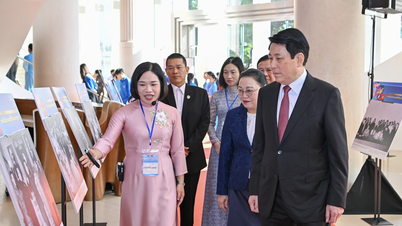

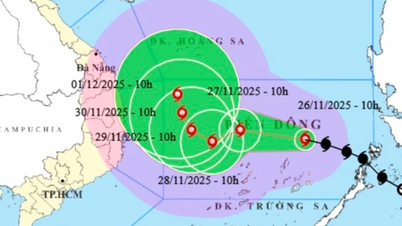


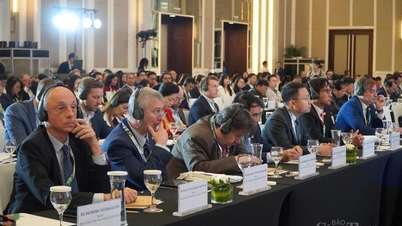
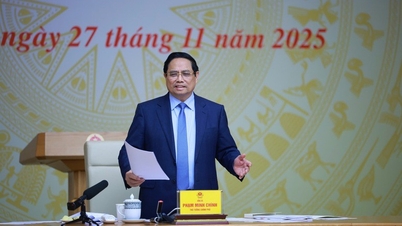





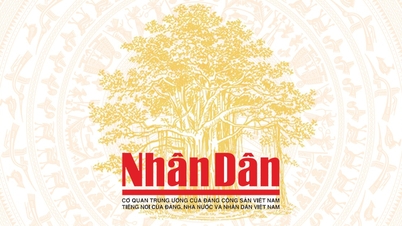
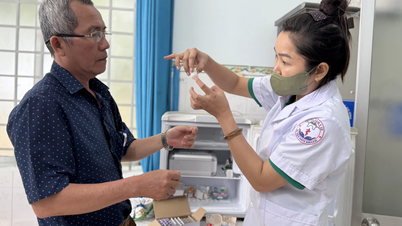













Comment (0)